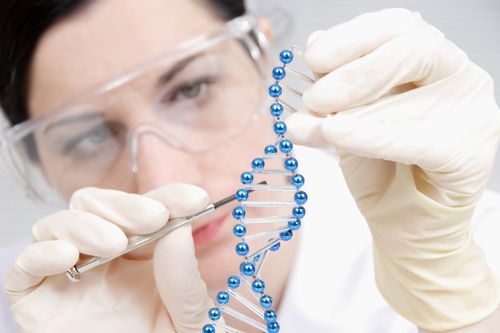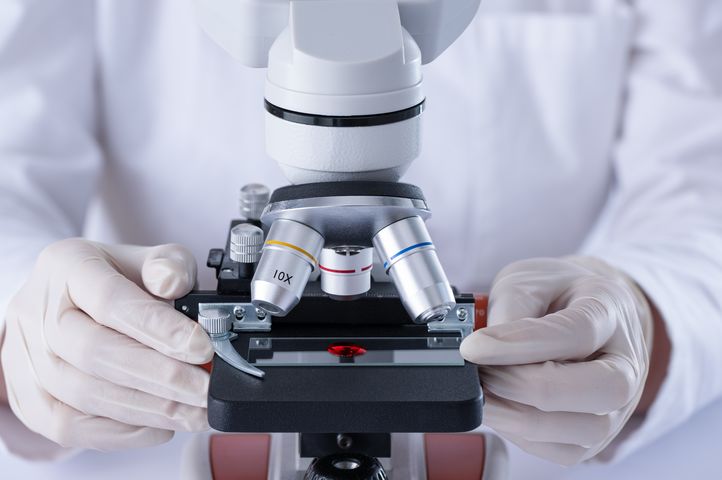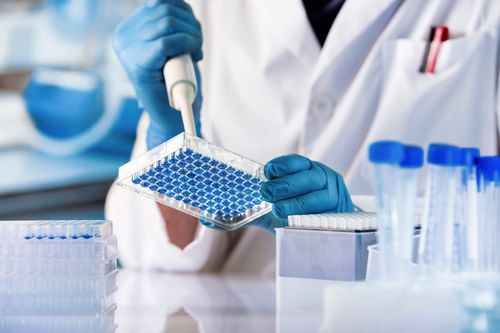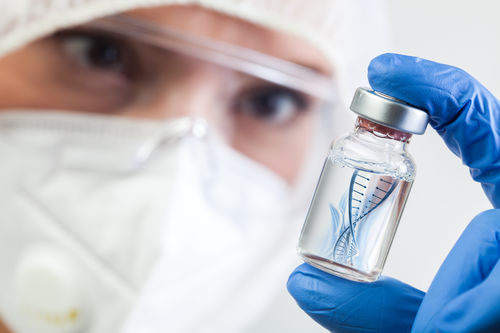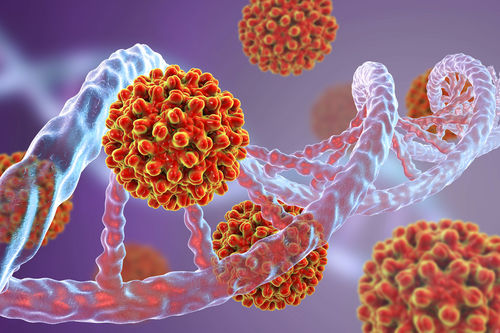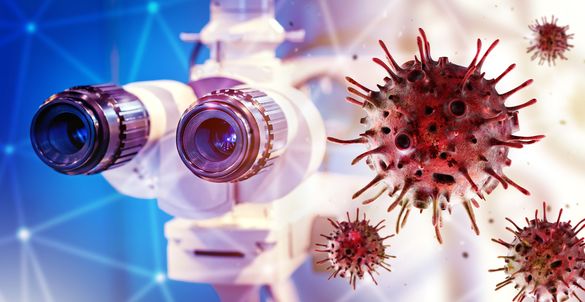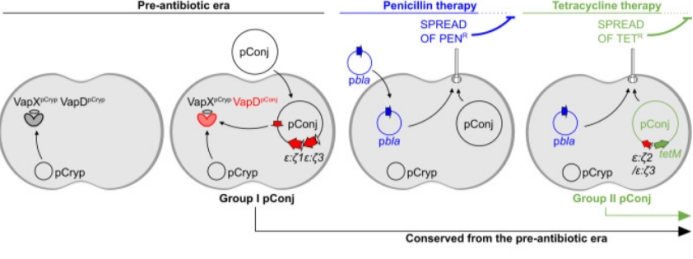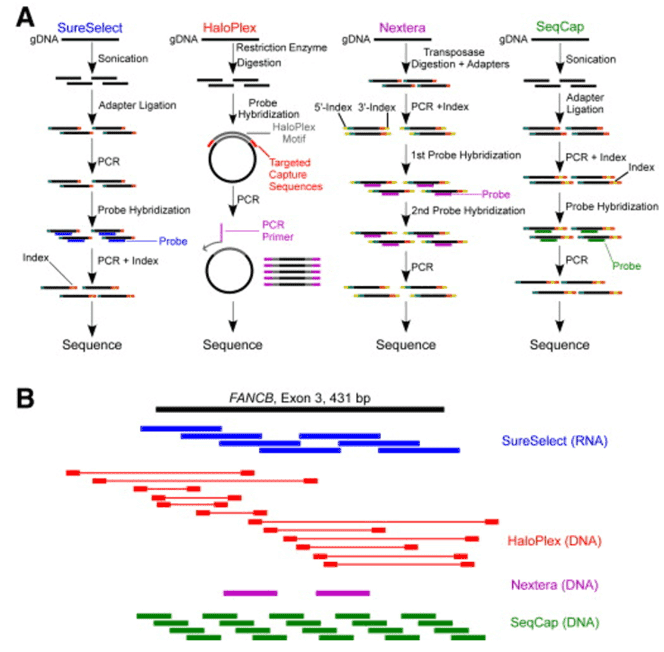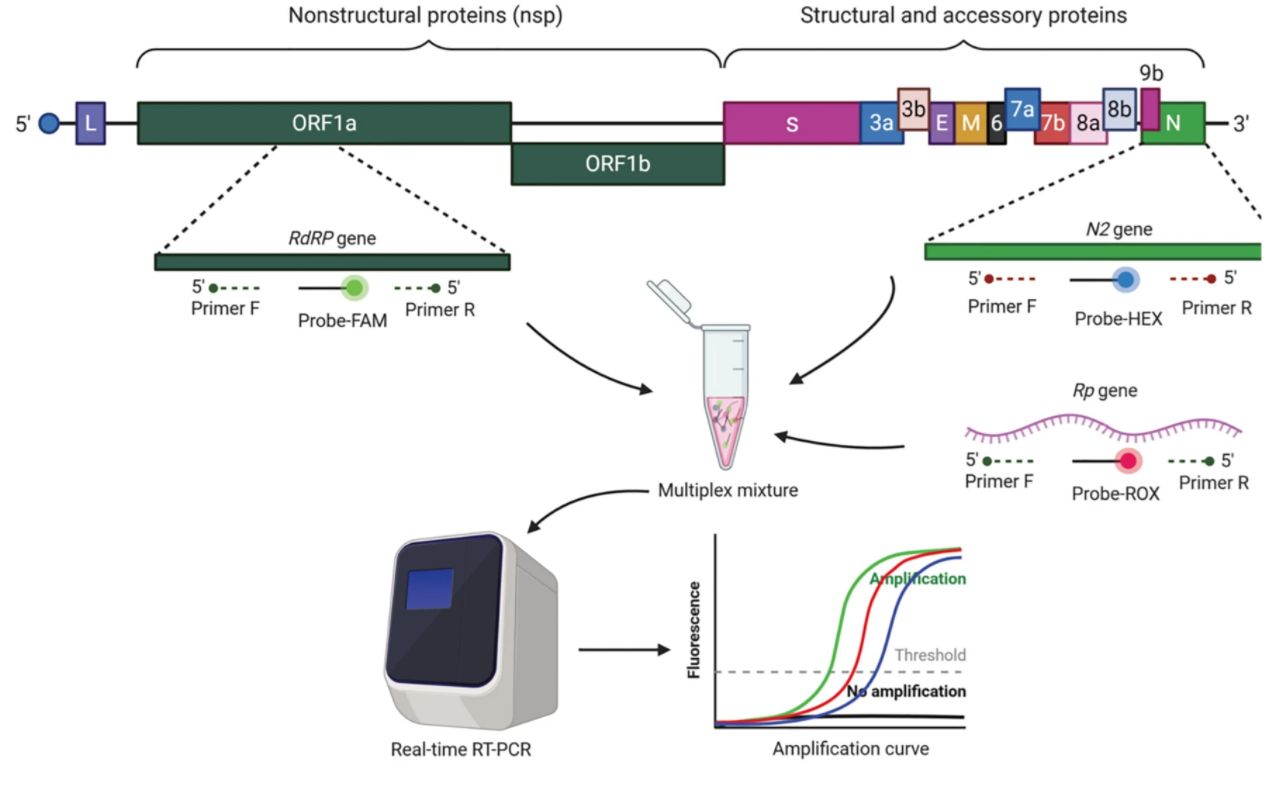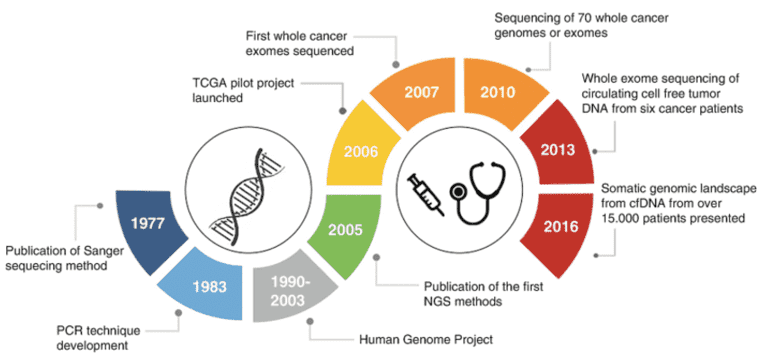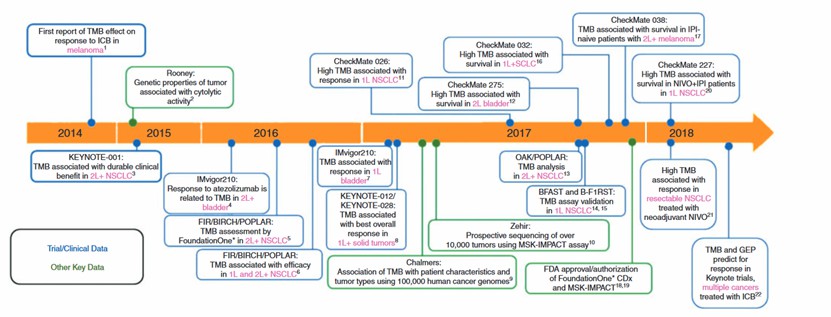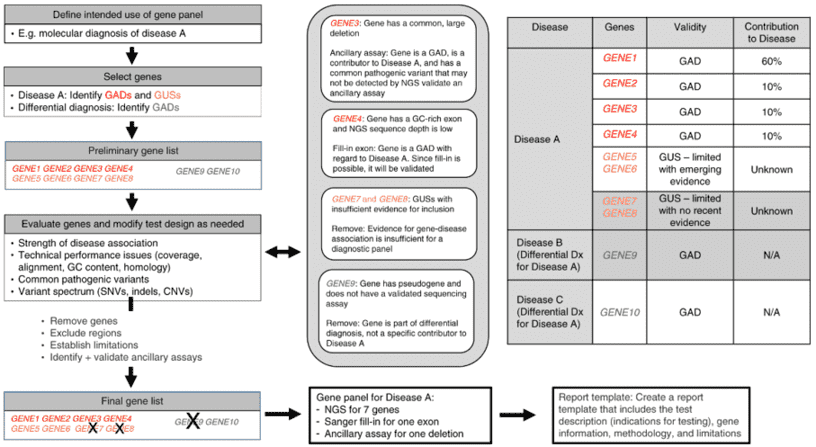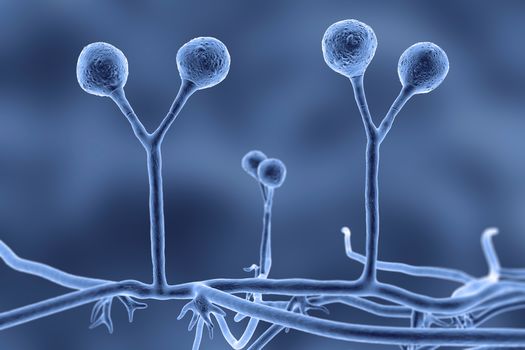Custom Parkinson's Disease Panel
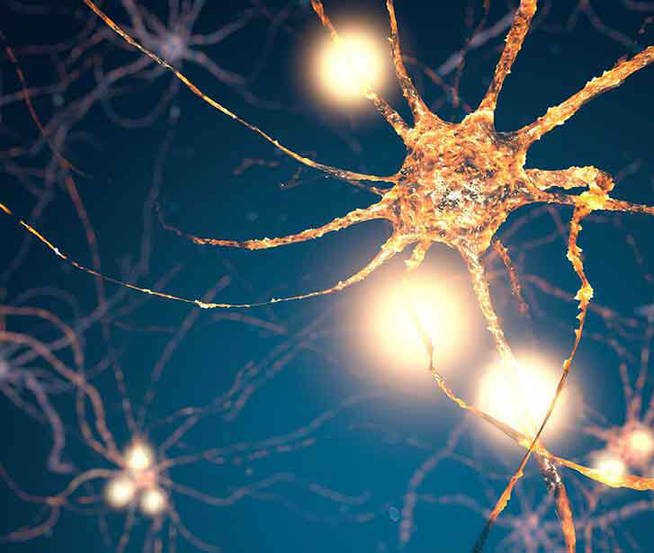
What is Parkinson's disease?
Parkinson's disease (PD) is one of the most common neurodegenerative diseases in middle and old age. The symptoms of PD are myotonia, quiescent tremor, bradykinesia, gait difficulty, postural instability, etc. The pathological changes of PD are: selective progressive loss of melanin-containing dopaminergic neurons in the dense part of the substantia nigra, and the resulting decrease in striatal dopamine content, accompanied by protein aggregation and the formation of eosinophilic inclusions - Lewy bodies. The pathogenesis of PD has not been fully clarified, which may be related to environmental factors, genetic factors, mitochondrial dysfunction, oxidative stress, immune abnormalities, apoptosis and many other factors.
Disease-related gene description
The role of genetic factors in the pathogenesis of Parkinson's disease has received increasing attention. At present, it has been found that multiple gene mutations may be involved in the pathogenesis of PD. Mutations in genes cause abnormalities in protein function, which is detrimental to the survival of dopaminergic neurons. The amino acid substitution Thr53Ala in SNCA destroys the α-helix of SNCA and is prone to form a β-sheet structure, resulting in loss of function of normal proteins. The mutated SNCA is involved in the self-aggregation of proteins and forms amyloid structures. UCH-L1 protein can hydrolyze the poly ubiquitin into free ubiquitin, which can be further recycled. When the UCH-L1 gene is mutated, the hydrolase activity is weakened, and the polyubiquitin cannot be decomposed into monomers through the ubiquitin cycle, which makes the target protein degradation barrier, leading to protein aggregation and the formation of Lewy bodies. DJ-1 is a hydroperoxide-reactive protein, which has the function of anti-oxidative damage. Mutations in the PARK7 gene cause dysfunction of the DJ-1 protein, which increases damage to neurons in response to oxidative stress. PINK1 protein is a mitochondria-incorporated serine/threonine kinase located on mitochondria that maintains mitochondrial stability. PINK1 has a neuroprotective effect, which can protect nerve cells from mitochondrial dysfunction and oxidative stress. Mutations in the PINK1 gene result in a decrease in the protective effect on neurons, which causes PD. More genes associated with the disease can be found in the gene list.
CD-Genomic offers a custom Parkinson's disease panel to help you analyze the SNP, CNV and InDels of genes associated with Parkinson's disease. You can choose the genes of interest to detect. Amplicon sequencing technology based on NGS is used to detect genetic variation efficiently, quickly, and accurately.
Custom Parkinson's disease panel offers but are not limited to:
-
Targeted sequencing technology by Illumina MiSeq/Ion PGM system provides ultra-deep sequencing to target specific genomic regions.
-
Every detected genetic variant will be further validated to ensure the validity of results.
-
Strict quality control throughout the pipeline workflow ensures the accuracy and repeatability of the sequencing.
-
Custom panel genes are constantly updated based on the frontiers of literature studies to target all relevant regions.
-
Customized Parkinson's disease panel only contains the genes you need, save your time and cost.
-
Precision bioinformatics pipelines ensure superior analytical performance.
Choose the genes that suit you from the Parkinson's disease gene list
| ADH1C |
AFG3L2 |
ATP1A3 |
ATP13A2 |
ATP6AP2 |
C10orf2 |
| C19orf12 |
COASY |
CP |
CSF1R |
CYP27A1 |
DCTN1 |
| DNAJC5 |
DNAJC6 |
EIF4G1 |
FBXO7 |
FTL |
GBA |
| GCH1 |
GIGYF2 |
HTRA2 |
LRRK2 |
MAPT |
PARK2 |
| PARK7 |
PDXK |
PINK1 |
PLA2G6 |
POLG |
PRKN |
| PRKRA |
SLC16A2 |
SLC20A2 |
SLC6A3 |
SMPD1 |
SNCA |
| SNCAIP |
SNCB |
SYNJ1 |
TAF1 |
TH |
UCHL1 |
| VPS13A |
VPS35 |
WDR45 |
XPR1 |
|
|
Specimen requirements of our custom Parkinson's disease panel
- Specimen: blood, saliva or extracted DNA.
- Volume: 3 mL blood, 2 mL saliva and 3ug DNA.
- Collection: blood is collected by routine blood collection and saliva is collected by saliva collection kits (kits are available upon request). DNA samples are stored in TE buffer or equivalent.
- Container: lavender-top (EDTA) tube or yellow-top (ACD) tube.
- Storage/transport temperature: room temperature.
Gene panel workflow

For more information about the Custom Parkinson's Disease Panel or need other amplification requirements, please contact us.
References:
- Lang A E, Lozano A M. Parkinson's disease. New England Journal of Medicine, 1998, 339(16): 1130-1143.
- Klein C, Westenberger A. Genetics of Parkinson's disease. Cold Spring Harbor perspectives in medicine, 2012, 2(1): a008888.
- Pickrell A M, Youle R J. The roles of PINK1, parkin, and mitochondrial fidelity in Parkinson's disease. Neuron, 2015, 85(2): 257-273.
- Hirsch E C, Jenner P, Przedborski S. Pathogenesis of Parkinson's disease. Movement Disorders, 2013, 28(1): 24-30.
* For research purposes only, not intended for clinical diagnosis, treatment, or individual health assessments.
Related Services
Related Products
Related Resources


